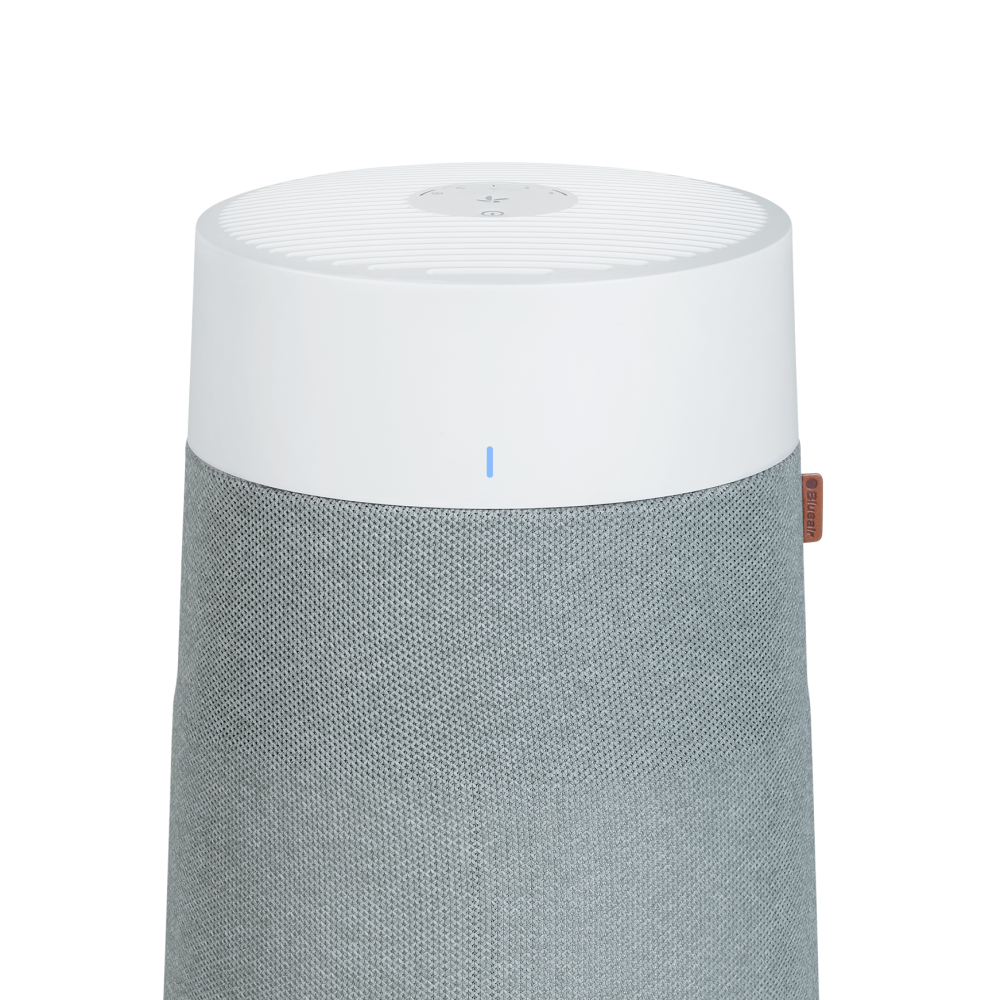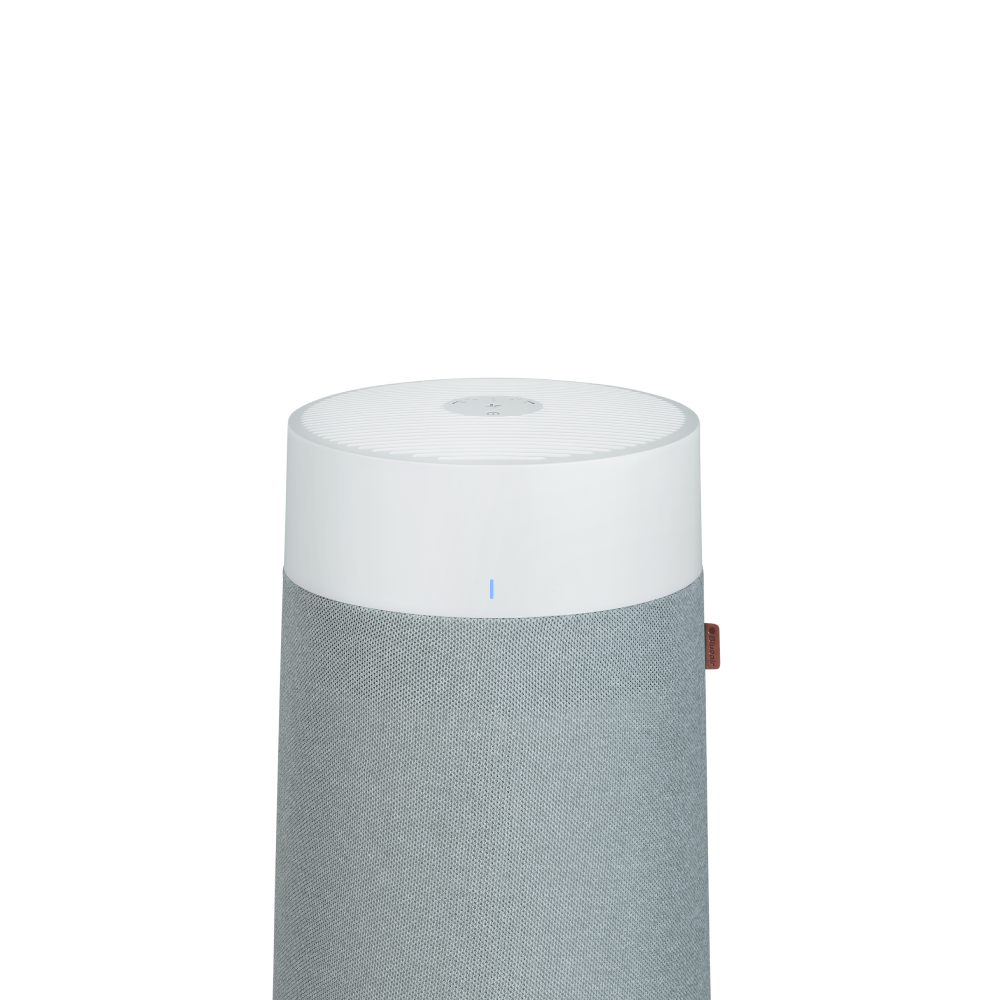Do air purifiers help allergies?
Allergies can be triggered by many sources including, seasonal pollens, indoor ventilation, and environmental conditions in your home, like the presence of pet dander and dust mite matter allergen. With a wide range of sources, allergy symptoms can appear in varying degrees year-round, and using an air purifier to filter out airborne allergens is one way to help manage your allergen exposure indoors.⁰
Fortunately, air purifiers can be a solution to reduce indoor exposure to airborne allergens.
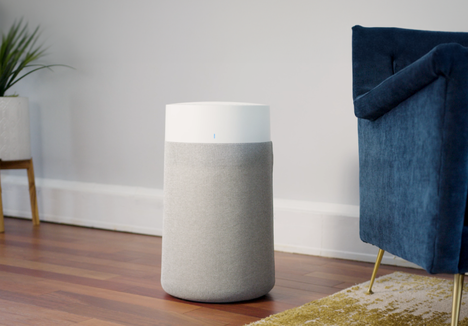
Independent evaluations like AHAM Verified® and CADR can boost your product confidence.
When assessing air purifiers, focus on a high CADR, as it signifies superior particle reduction across smoke, dust, and pollen sizes, making the purifier more efficient in eliminating these pollutants.
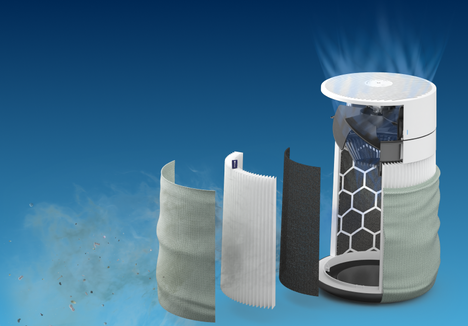
Air purifiers play a vital role in creating a healthier indoor environment and are designed to effectively capture and eliminate common allergens such as dust, pollen, pet dander, and mold spores from the air.
Blueair's unique HEPASilent Technology removes a minimum of 99.97% of airborne particles as small as 0.1 microns, including common allergens such as dust, pollen, dander, and mold.
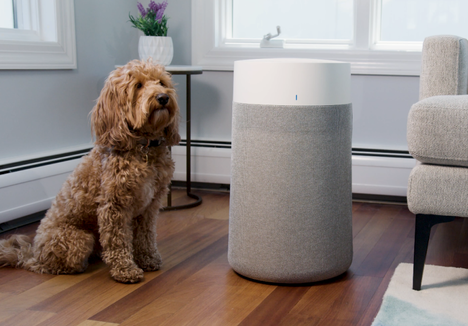
It is important to choose an air purifier that can accommodate the volume of air in the room where you will place it.
We recommend placing your air purifier in the room(s) where you spend most of your time – often the bedroom. Bedrooms can also have high levels of allergens like pollen, pet dander, dust, and dust mites
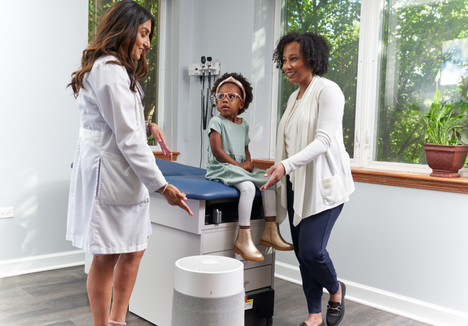
Triple-board-certified allergy, asthma, and immunology specialist at the Asthma and Allergy Wellness Center.
Dr. Priya Bansal pulls back the curtain on why she recommends Blue Pure Max* air purifiers as part of a whole home solution to clear the air.
“Air purifiers remove dust, pollen, pet dander and other pollutants from the air, making it cleaner and healthier to breathe. This is especially important as part of a whole house strategy for people with allergies and/or asthma, as they can help to reduce the number of triggers that can cause symptoms.
I recommend Blueair air purifiers to my patients because of their strong performance and their commitment to third party testing, which gives me peace of mind that the airborne particles that commonly exacerbate allergy and asthma symptoms are being captured.”
*Dr. Bansal is a Blueair sponsored partner




(<5ppb) by Intertek Sustainability Program






